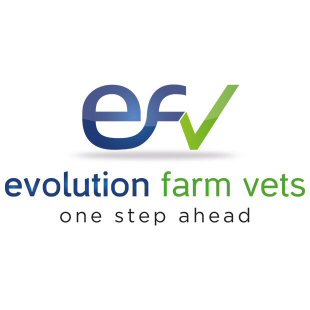Causes
Scour in calves can be caused by various pathogens depending on the age of the calf often in combination with one and other. Scour often causes calves to be dehydrated, depressed and can lead to death. The cause of the diarrhoea can often be determined by looking at: the signalment of the calf, different causes generally are shown at different ages; the calf’s clinical signs, temperature, diarrhoea appearance; various laboratory tests, particularly faecal sampling and culture; and post mortem examination and sampling of gut contents and mesenteric lymph nodes.
E. coli
- Generally in young calves less than a week old.
- Watery diarrhoea.
- Pyrexia.
- Found in intestines of healthy calves so not significant if found in faecal sample.
Rotavirus
- 1-2 week old calves.
- Acute “white” diarrhoea.
Coronavirus
- 1-3 week old calves.
- Diarrhoea can contain blood.
- Can also cause respiratory disease.
Cryptosporidium
- 1-2 week old calves
Salmonella
- Calves of any age.
- Acute diarrhoea, can contain blood and mucous.
- Pyrexia.
- Liver necrosis.
Coccidiosis
- Calves older than 3 weeks.
- Abdominal pain.
- Mild pyrexia.
- Ill-thrift.
Treatment
Treatment of scour is usually symptomatic, rehydration therapy for those that are severely dehydrated, usually by administration of oral electrolytes. If the calf has a high temperature non-steroidal anti-inflammatory drugs such as Metacam can be used to decrease the temperature. Sometimes, if the bacteria has caused the calf to be systemically ill, antimicrobial drugs may be given to reduce the infection.
Prevention
Colostrum – it is vital that calves get sufficient colostrum in the first 24 hours after birth to ensure that they receive the antibodies provided by the mother against many of these diseases.
Vaccination of the cow – to increase the antibodies in the colostrum the cow can be vaccinated against Rotavirus, Coronavirus and E. coli by using a single injection of Rotavec Corona 3-12 weeks before the calf is due. Cows can also be vaccinated for Salmonella, but this requires multiple injections so is only generally used when an outbreak is diagnosed.
Environment – keeping the environment clean is very important to reduce transmission of these agents. Infected calves should be isolated from the other calves. Bedding should be clean and dry and replaced between batches of calves. Calves of different ages should not be exposed to one and other.
Nutrition – rapid changes in the feeding of calves can also cause calves to have diarrhoea and predispose them to infection. Calves should receive plenty of milk and colostrum with forage and concentrate available from a fairly young age to allow them to start eating hard food and developing their rumen before weaning.
